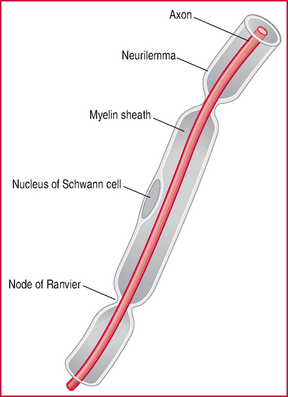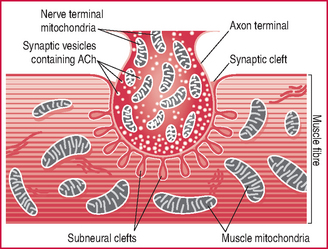N
navicular bone the boat-shaped tarsal bone on the medial side of the foot in front of the talus (ankle bone), with which its concave posterior surface articulates. Stress fractures of the navicular are seen in runners and should be considered if localized pain and discomfort fail to settle. See also appendix 1.2.
neck injury damage to the structure of the neck including soft tissue, bones, spinal column and nerves. In sport, most commonly injured by direct trauma with compression (rugby) or a fall from height (trampolining, horse riding). Appropriate first aid care is vital to prevent spinal cord damage and possible paralysis. It is essential to stabilize the neck and not to move the casualty until experienced help arrives, especially if the airway is compromised. Symptoms range from pain and stiffness to numbness, paraesthesia and paralysis, but the commonest neck injuries are muscle spasm and strains, which settle with rest and physiotherapy. See also spinal injury.
need for achievement see achievement motivation.
need hierarchy theory the theory proposed by American psychologist Abraham Maslow (1908–1970) that human needs are hierarchically ordered such that the gratification of a need lower in the hierarchy leads to the emergence of the next higher need in the hierarchy. From lower to higher, the needs are: basic physiological needs (food, water, etc.); security; love and belonging; esteem; and self-actualization (achieving one’s true potential).
negative reinforcement see reinforcement.
negative transfer a degradation in performance because of practice or experience of another skill, typically where the new skill has similar characteristics and gaining familiarity with these interferes with prior learning of the similar but specific aspects of the prior skill. For example, some tennis players believe that practising other racquet sports such as badminton or squash degrades their tennis performance. See also positive transfer, transfer of learning.
nerve cell (neuron(e)) the structural unit of the nervous system. Each consists of a cell body with a great many fine short extensions from its surface (dendrites) and a long thin extension, the nerve fibre with an axon at its core. Other neurons which influence the activity of the cell (by excitation or inhibition) form synapses on the cell body or dendrites, and the axon terminates at a synapse on another neuron or on the effector which it innervates. See also motor neuron, neurotransmitter.
nerve fibre component of all nerves and their branches in the peripheral nervous system (PNS), and of the tracts in the central nervous system (CNS). The central axon transmits nerve impulses (action potentials) to the nerve terminal in motor (efferent) nerves, or from a receptor to a nerve cell body in sensory (afferent) nerves. Also common to all nerve fibres are an outermost covering (neurilemma) and within that the Schwann cells which are crucial to the regeneration process if a fibre is damaged. In myelinated nerve fibres (including motor nerves to skeletal muscle) there is a fatty myelin sheath between the axon and the neurilemma, interrupted at intervals by the ‘nodes of Ranvier’; action potentials ‘jump’ between these, enabling faster conduction. Each efferent nerve fibre runs from a nerve cell body to terminal branches at a nerve-to-nerve synapse or at an effector organ; each afferent fibre runs from a sensory receptor to a relay site in the CNS.

Part of a myelinated nerve fibre.
Adapted from W.E. Le Gros Clark, ‘The Tissues of the Body’, 6th Ed. Oxford, Clarendon Press, 1971, p346.
neuralgia pain in the distribution of a sensory nerve. Neuralgia is not an illness in itself but a symptom of injury or an underlying condition. In sport usually the result of pressure from equipment (e.g. helmet).
neurohormone a hormone that is formed in neuron cell bodies and passes down their axons to be stored in the axon terminals until secreted into the blood stream in response to action potentials generated in these neurons (compare neurotransmitters). Examples are the hormones which are formed in nerve cells in the hypothalamus, pass down their axons to their terminals in the posterior pituitary, and are secreted there into the blood when appropriate stimuli activate the hypothalamic cells.
neuromuscular junction the site where a motor nerve axon terminal makes close contact with the skeletal muscle fibre which it supplies. An action potential arriving at the terminal causes release of the neurotransmitter acetylcholine (ACh), which crosses the very narrow synaptic cleft to binding sites on the muscle membrane and initiates its depolarization; this triggers an action potential in the adjacent muscle fibre membrane and so sets in train the process of excitation–contraction coupling. In almost all mammalian/human extrafusal muscle fibres, the junction takes the form of a motor endplate but less extensive structures occur in some other locations.
< div class='tao-gold-member'>









